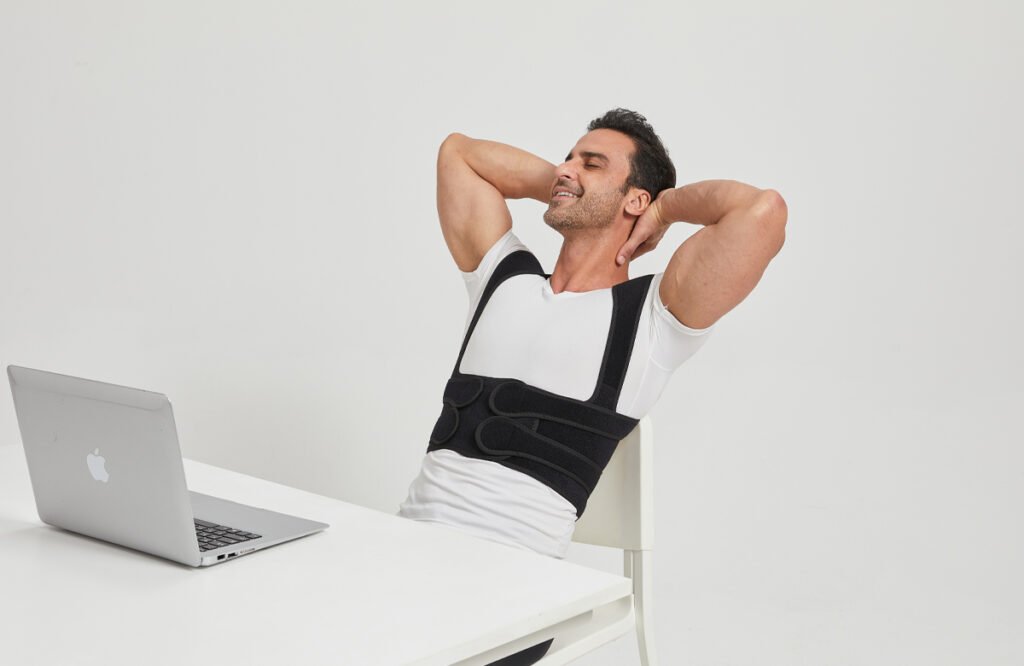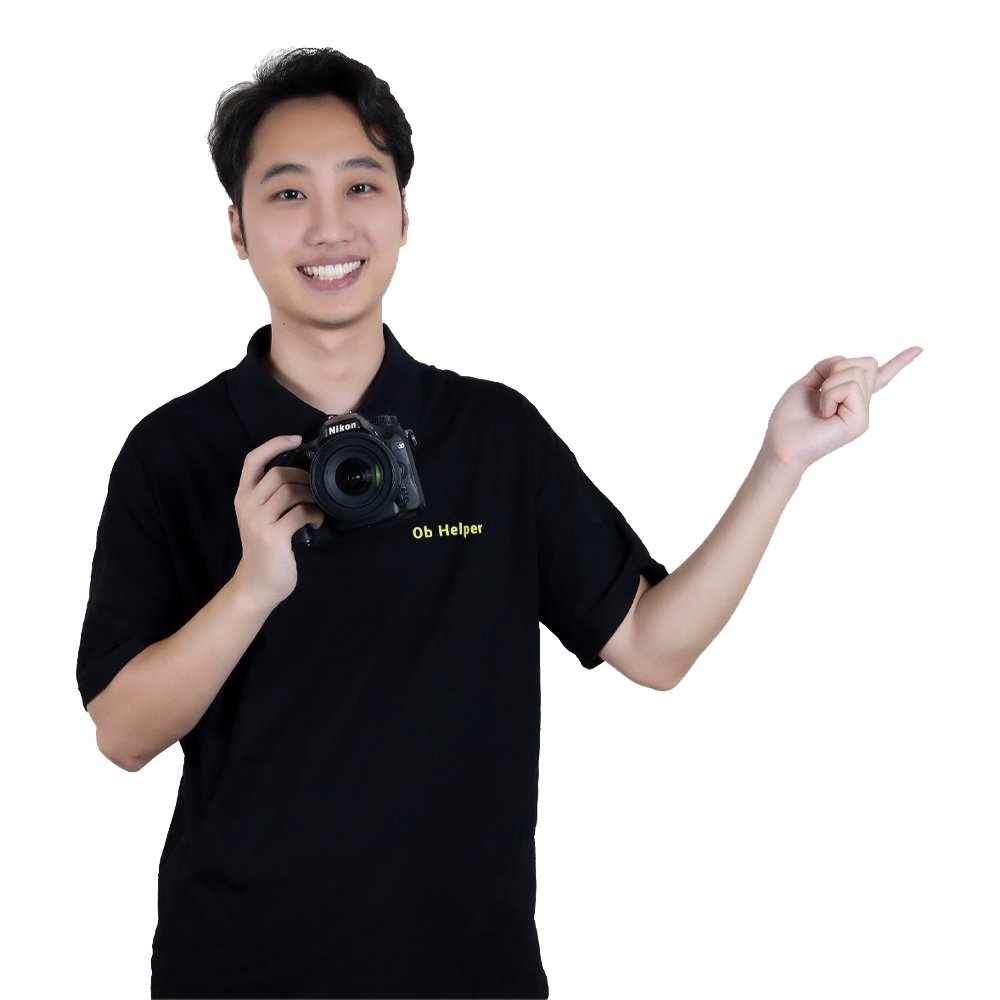1. Introduction
Hey there! Have you ever wondered how those perfect model photos are taken? As a model photographer, I explore and create in this field every day. Model photography isn’t just about capturing a person; it’s a blend of art, technique, and creativity. In this article, I want to share my insights into the world of model photography and its importance in fashion, advertising, and personal branding.
2. What is Model Photography?
Model photography, simply put, focuses on capturing models in a way that showcases their appearance, personality, and style. This type of photography usually falls into a few categories:
- Fashion Photography: Primarily used to showcase clothing and accessories, like those you see in magazines, ads, and on social media.
- Editorial Photography: Often found in magazines, focusing on specific themes or concepts. This style always inspires my creativity when shooting.
- Commercial Photography: Mainly for commercial purposes, helping brands promote their products or services.
What sets model photography apart from other styles is that it not only focuses on the model but also conveys the emotions and stories of the brand.

3. The Purpose of Model Photography
There are quite a few purposes for model photography. First, it highlights the model’s features, showcasing their beauty and personality. Next, it plays a crucial role in product sales, catching customers’ attention right away. Lastly, it’s an essential way for models to build their portfolios, helping them stand out in the industry.
4. Key Elements of Model Photography
Lighting
When it comes to model photography, lighting is key. I always say that good lighting can bring a photo to life. Whether it’s natural light or studio lighting, quality lighting significantly enhances the photo’s overall quality. Personally, I love shooting in natural light because it creates a warm effect. However, in the studio, I use lighting to control intensity and direction to ensure every shot is flawless.
Composition
Composition is the art of arranging the model and background to create a pleasing image. I often use techniques like the rule of thirds and symmetrical composition to ensure the photo looks balanced and attractive. Finding the perfect composition gives me a thrill every time.
Background
Choosing the right background is also crucial. The background should complement the model’s outfit and style to enhance the overall effect. I tend to favor simple, solid-color backgrounds or interesting street scenes that add depth and storytelling to the photos. Sometimes, a minimal background makes the model stand out even more.
5. Preparation for Model Shoots
Collaboration
Model photography is a team effort. Collaborating with models, stylists, and makeup artists is vital. Through constant communication, we ensure everyone is working toward the same goal, creating the best possible results. I always try to involve everyone, as their ideas can spark creativity.
Concept Development
Before a shoot, having a clear visual concept is essential. I brainstorm with the team to establish the theme, style, and emotions we want to convey. This makes the entire shooting process smoother and more enjoyable.
Equipment
Choosing the right equipment is also key. I usually bring high-quality cameras and various lenses, along with professional lighting gear, to ensure I capture high-level work. Before heading out for a shoot, I always double-check my equipment to make sure everything is in order.

6. Tips for Successful Model Photography
Communication
Good communication is crucial during the shoot. I constantly talk to the models, encouraging them to relax and share my ideas to help them find their best poses. When I see a model smile, I know we’re on the right track.
Posing
Guiding models in posing is another important part of my job. By demonstrating and directing, I help them find poses that suit them naturally. Sometimes, I’ll give them small tips, like “try smiling or slightly turning,” and the results are often surprisingly good.
Patience and Flexibility
Unexpected situations often arise during shoots, so patience and flexibility are essential. I adjust plans according to the circumstances, ensuring we achieve the desired outcome. Often, inspiration strikes in the most unexpected moments, which is one of my favorite parts of photography.

7. Post-Production in Model Photography
Editing
Once the shoot is done, post-production is crucial for enhancing photo quality. I typically use professional software to edit the photos, enhancing colors, contrast, and clarity to make them more appealing. Every time I see the edited results, I just want to share them with my friends!
Retouching
Retouching is indispensable in model photography. I strive to balance realism and beauty, ensuring the model’s features are highlighted while keeping everything natural. A little retouching can make a photo perfect, but I always stick to the principle of “authenticity.”
Final Touches
Finally, I put the finishing touches on each photo to make sure they meet the standards for sharing or publication. This includes adjusting details and adding necessary effects to make the images look more professional. Completing a set of work always fills me with a sense of accomplishment.
8. Conclusion
Model photography is an art filled with creativity and challenges; it showcases individual beauty while conveying brand stories and emotions. I hope this article helps you gain a deeper understanding of the charm of model photography. If you want to capture some stunning photos, feel free to reach out to me—I can’t wait to explore this beautiful craft with you!

